Asturias: Memories of a Natural Paradise
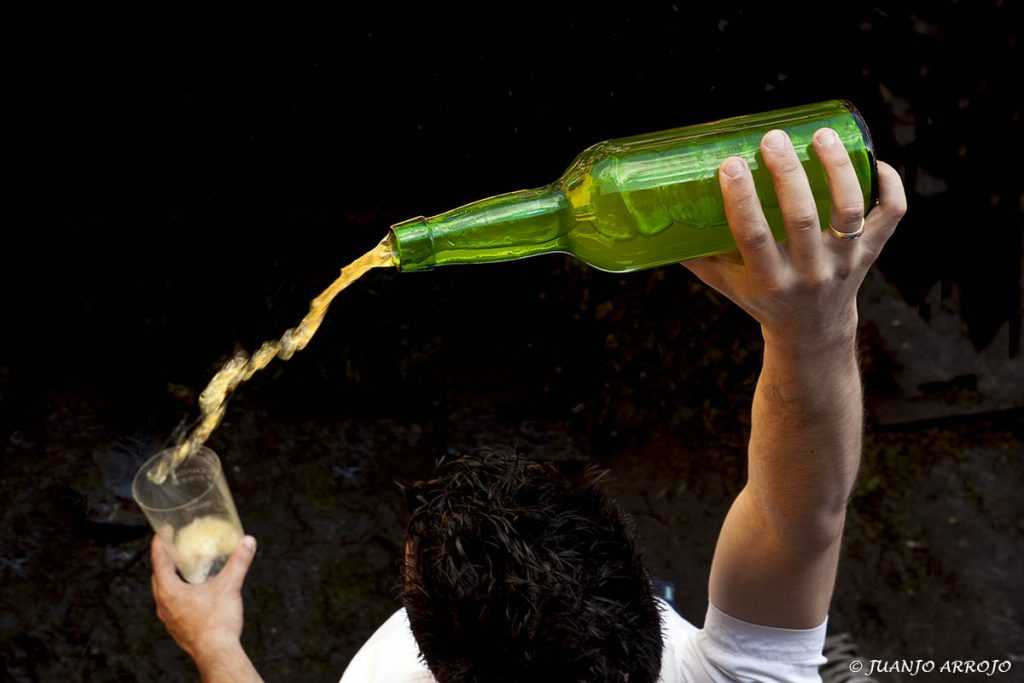
Photography by Juanjo Arrojo
“Asturias, paraíso natural” (“Asturias, Natural Paradise”) is the official slogan of Turismo Asturias, the tourism office of the Principality of Asturias.
Parts of this northern region of Spain are on the Northern Route of the Way of Saint James, popularly known as the Camino de Santiago. It has a breathtaking landscape, where the mountain and sea meet, unspoiled coastlines, fertile land, and excellent produce. It is known for its gastronomy, notably cider, hearty fabada asturiana (a traditional stew made of white beans with pork, black pudding/sausage, chorizo, and saffron) and arroz con leche (rice pudding).
It has been fifteen years since my only trip to Asturias; I do not recall much. I traveled to Gijon and Aviles with my husband and infant son in tow. I know that it was less about experiencing the marvels of mountain and sea, the views of architecturally significant buildings, and gastronomic self-guided tours. My memories of paradise are about the little moments, of which I have vivid flashbacks.
I recall a too-rushed walk through the night streets of the capital city Oviedo, on our way to Gijon. All lit up, Oviedo appeared to be a magical and beautiful place. I stopped to admire a large Nativity scene in the city center, a Christmas tradition that I have loved since childhood when I made my grade-school version with cutouts on construction paper that I filled with jewel-toned tissue papers.
I recall walking through Aviles, my mother-in-law’s land, and feeling uncertain about whether I liked the muscular, somewhat foreboding centuries-old facades of the buildings in the center. I recall an enjoyable stroll along the waterfront at sunset, arm-in-arm with her cousin Carmina. I recall spending a few pleasant hours in nearby Salinas, the seaside resort town, and coveting pieces of traditional Asturian black pottery that I saw in a shop, but did not have enough money to purchase.
I recall sitting at our table in a seafood restaurant near to the port in Gijon, and looking out the window at the gritty surroundings, shaded in grey by light rainfall. At that moment, I could not love the city.
Many of my memories are about a gastronomic paradise.
I recall eating delicious fabada asturiana in an unpretentious neighborhood restaurant in Gijon, with the daughter of my mother-in-law’s male cousin, her husband, and young daughter. I recall spending hours fixated to tales about the family that her father told us when he generously hosted us in his modest flat during our stay and whispering to my husband to translate his words about the good, the bad, and the money-grabbing. I did not need translation to see his sadness, sense his regrets, or understand his bitterness at the hand that life had dealt him.
The main attraction for me was undoubtedly the rice pudding. Before my trip, I happened to mention to my mother-in-law that I liked this traditional dish. Well, word quickly traveled north from Madrid. During my brief stay, three of her female cousins prepared their version for me to savor at their respective tables. The “posh” cousin baked hers, which I have learned is not the traditional way, but how I loved it. I even liked the raisins in it, of which I am not fond.
Each cousin was all smiles as she served her rice pudding. I felt honored, special. But, did I sense an ever so slight undercurrent of urgency that accompanied each presentation? Had I walked into the tripped up, surreal precursor to Master Chef, Asturias style? Was I to declare a winner? I did not, of course. I just greedily enjoyed my dessert. It was my paradise, after all.
Years later, during her stay at my home in Madrid, the down-to-earth Carmina showed me how to make her traditional stovetop version. Every mouthful brought me back to that trip. Unfortunately, I have never been able to recreate the dish. I am too impatient to stand over a stove and mix, mix, mix because my eyes wander, my feet take me elsewhere until I end up with a burnt, gloppy mess that takes days to scrape off the pot.
Perhaps my fondest memory of that trip was waiting in line to place my order at that famous fast-food restaurant.
A slow, spontaneous smile spread across my son’s baby cheeks and lit up his eyes. His first smile. Was he also in his paradise? He directed his smile at a female customer next to us in line and did not stop until she reciprocated. “The little flirt!” I thought. Alas, I have rarely seen that smile since that time. He is now a rather serious, shy, reserved boy who would never do something like that. I can only hold unto the memory.
I will return to Asturias, soon I hope. I will see Oviedo in the daylight, marvel at historic architecture in the Aviles city center, and appreciate, like, maybe love Gijon. In the meantime, I have engaged a few talented, generous, and proud artists and artisans from Asturias to share their work for my ten-part series about their land. Please check on this website, my Instagram feed @amonthinspain, and my Pinterest site, Spain for Design.
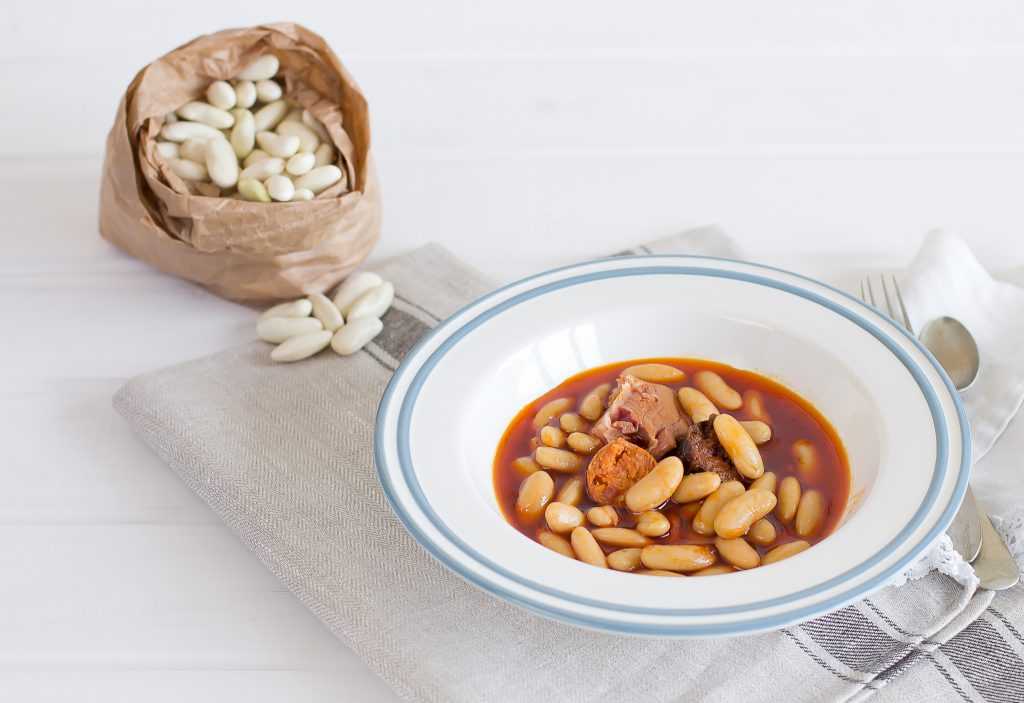
Photography by Ana Lopez
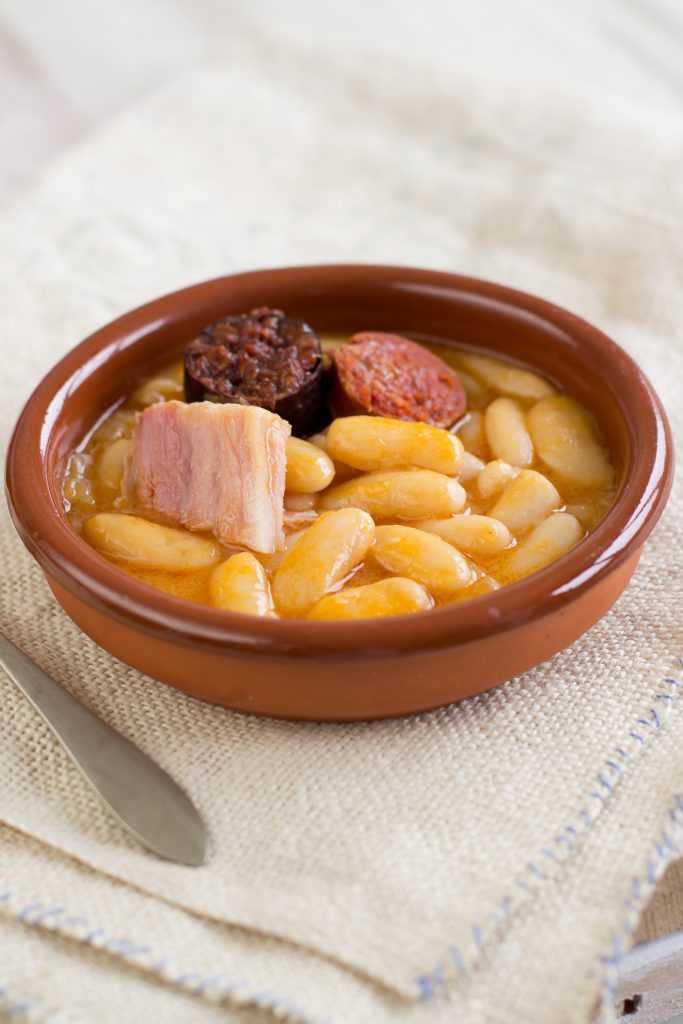
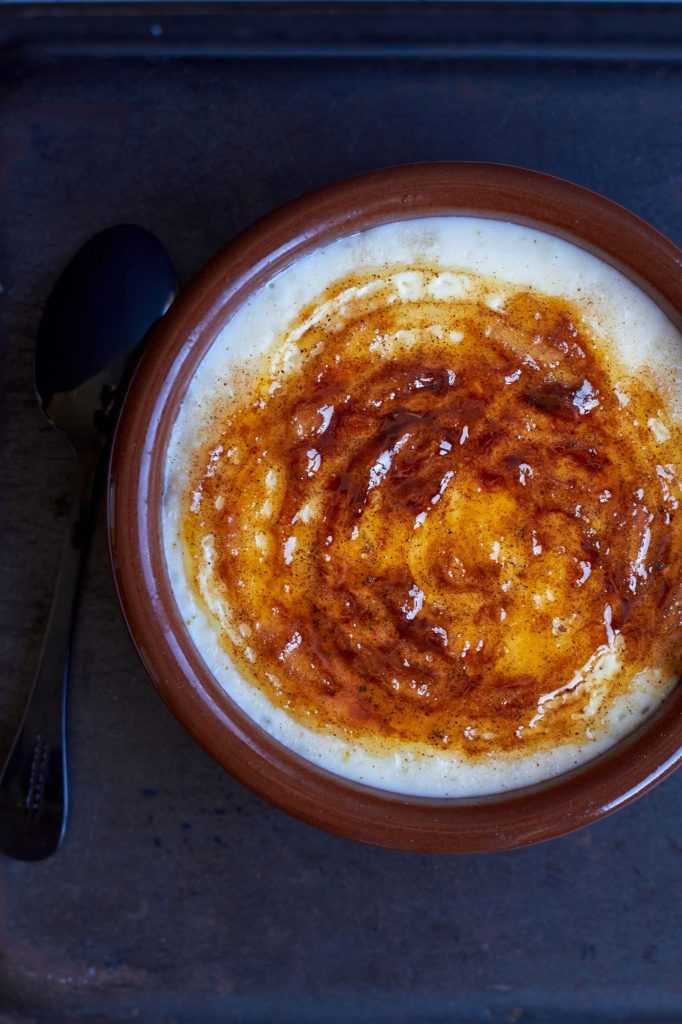
Photography by Ana Lopez
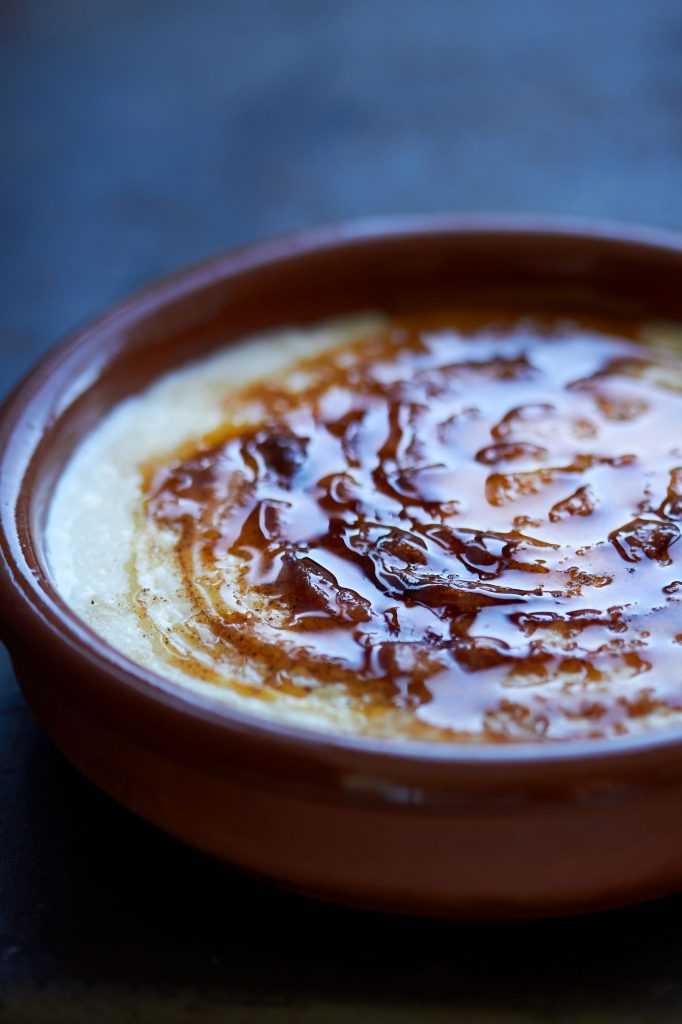
Asturian-based photographers Juanjo Arrojo and Ana López (@senyfoto) took the photos for this article.
Juanjo Arrojo was born in Mieres, grew up in Cudillero and now calls Gijon home. He began to learn his craft in the 70s by studying the landscape and other aspects of his surroundings in Asturias and in the 80s took it up professionally. He has shown his work in solo and group exhibitions, and has worked with a number of magazines in Spain, including Viajes National Geographic, Península, Grandes Espacios, Viajar, Turismo Rural, and Revista de Arqueología. He has provided the photography for books about Asturian culture and landscape (Gran Atlas del Principado de Asturias 1999, Arte en Asturias, 2002, Espacios naturales, 2002) and authored and photographed the 2018 publication Asturias. El país del agua/The Land of Water.
Ana Lopez, who founded her studio Seny Fotografía two years ago, is a self-taught photographer who specializes in culinary photography, which allows her to combine her passion for cooking and photography.
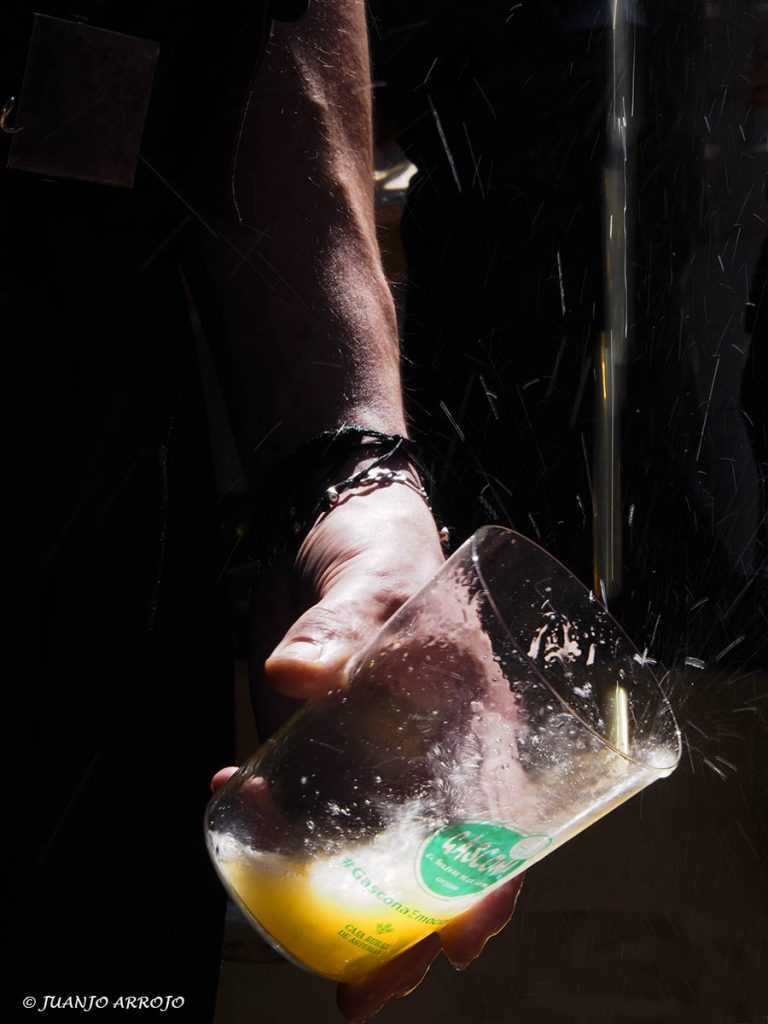

You have such a storytelling talent! I travelled there a year ago in Easter in the rain as well and recall Gijón like that. Culinary wonder everywhere though. Next time go also to the nature park of Picos de Europa: especially Lagos de Covadonga, village of Cangas de Onis and Pousada de Valdeon
I hope we can travel together. I want to go to the Parador in Cangis de Onis. See Llanes. Ridadesella. Oviedo and, yes, Gijon. I could not go this year because of Covid-19. I am more determined than ever to go next year.